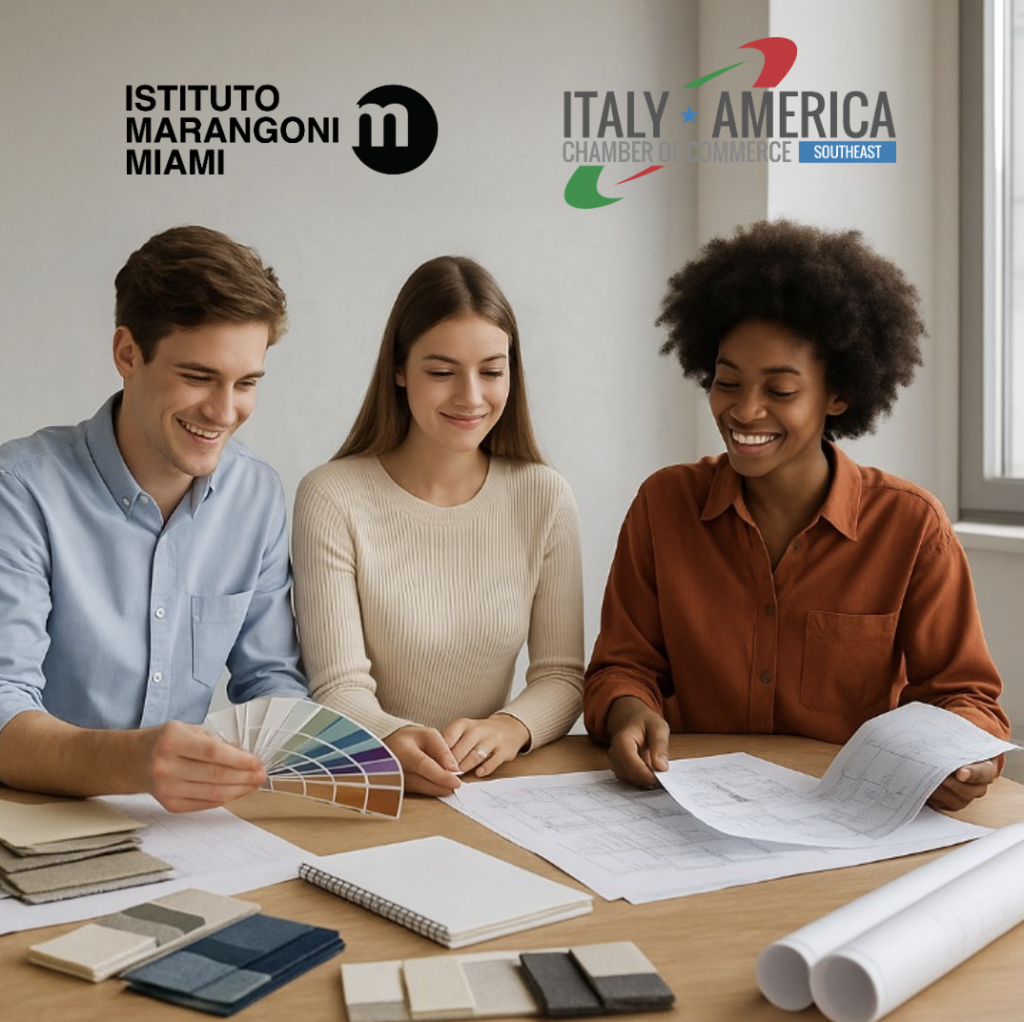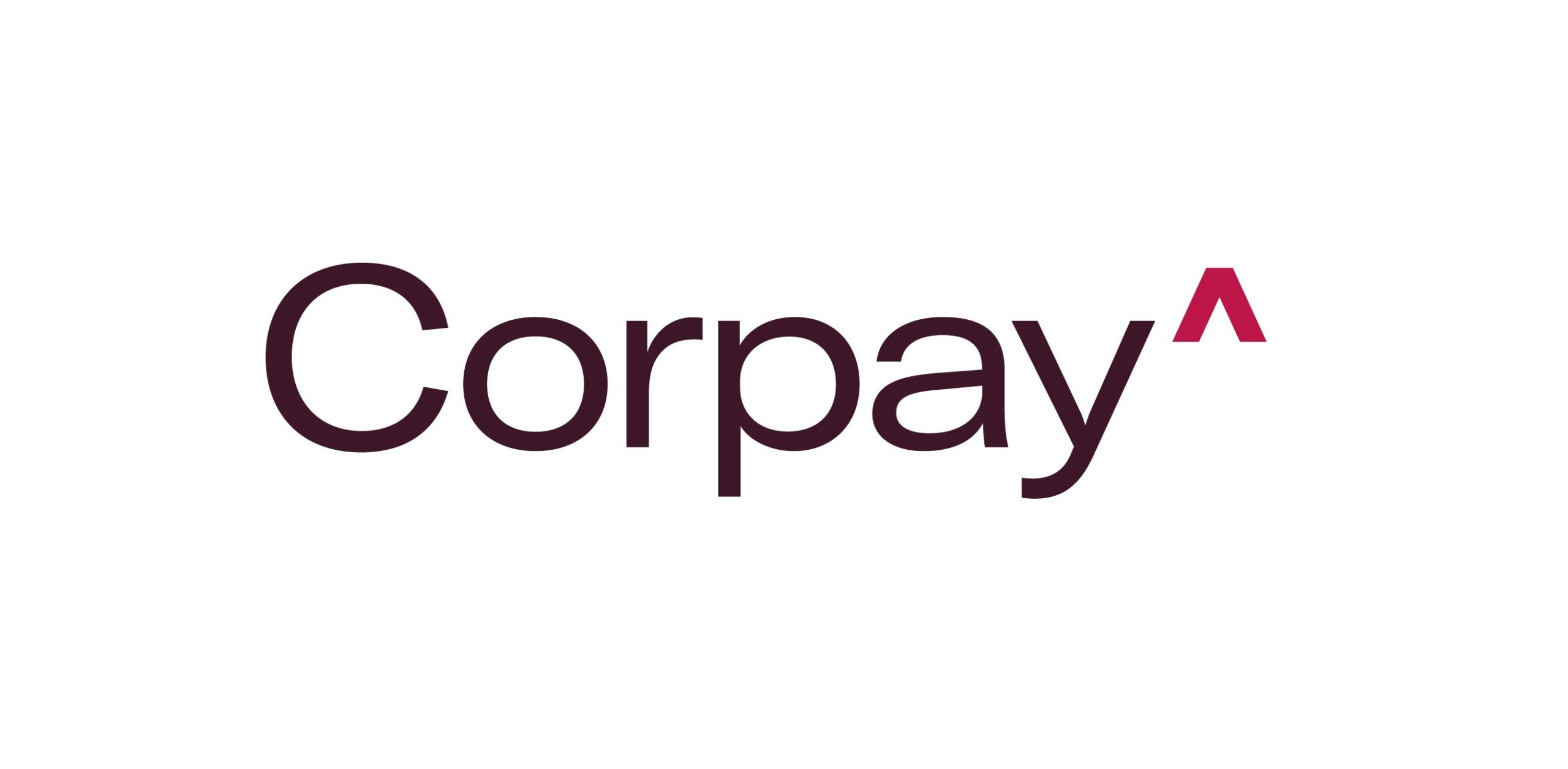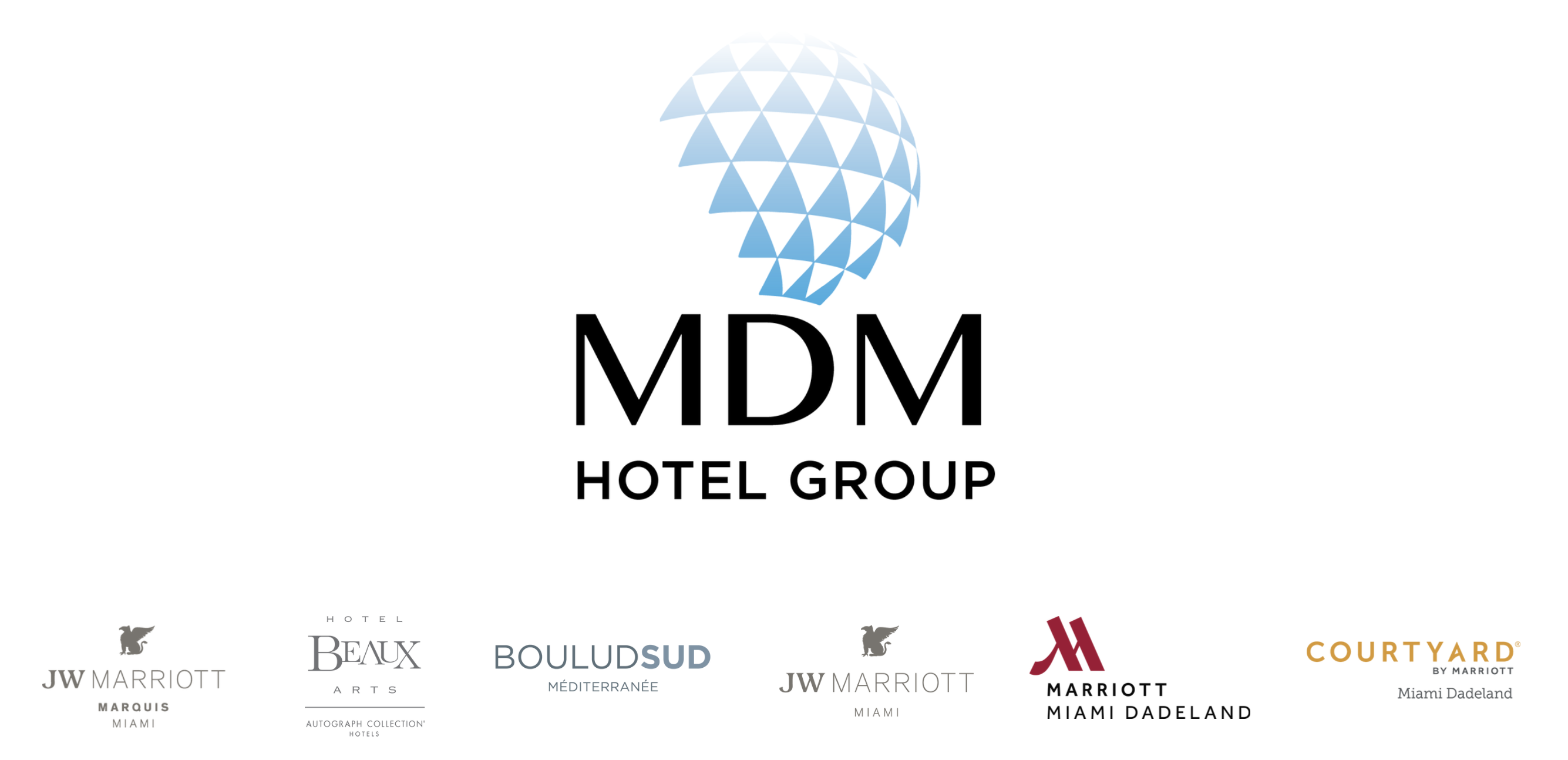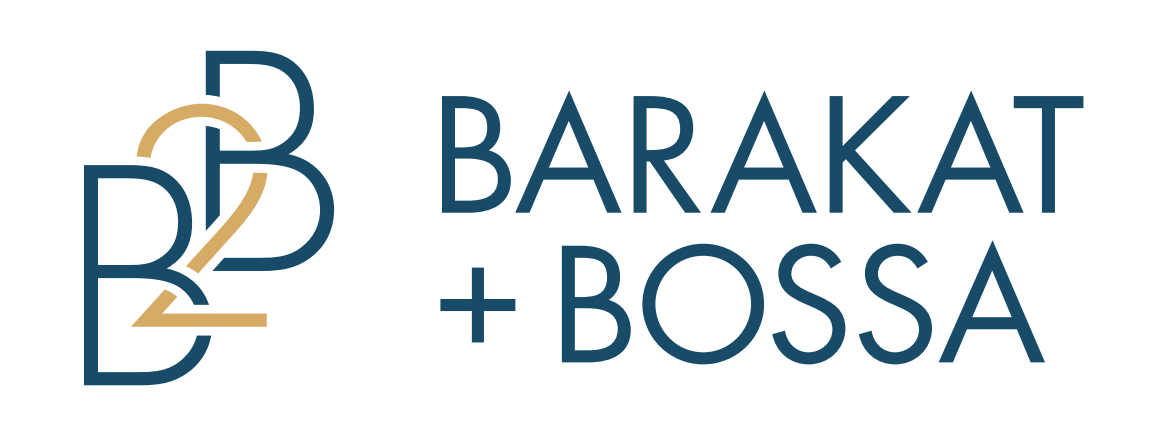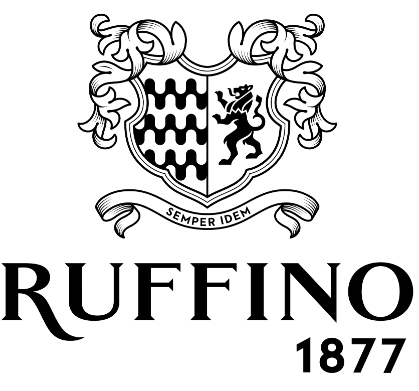Full Expensing for Business Investments and Tax Deduction of Domestic R&D
By Marco Q Rossi & Associati
BUSINESS EXPENSING FOR CAPITAL INVESTMENTS
The One Big Beautiful Bill Act (“OBBBA”), signed into law on July 4, 2025, reintroduced full expensing of capital expenditures for U.S. businesses. Under this new framework, companies may once again deduct the entire cost of most capital investments in the year they are incurred.
1) 168(N) QUALIFIED PRODUCTION PROPERTY DEDUCTION
For the first time, §168(n) provides first-year 100% expensing for certain structures, primarily newly constructed manufacturing facilities and other industrial-use buildings. The provision applies to projects where construction begins between January 19, 2025, and December 31, 2028, and the property is placed in service by January 1, 2031.
While temporary, this incentive is expected to accelerate construction timelines and encourage additional investment. If extended or made permanent, it could represent a significant expansion of cost recovery policy.
To qualify as Qualified Production Property (QPP), the asset must meet the following criteria:
- Non-residential real property located and used in the U.S.
- Construction start date: Must begin after January 19, 2025, and before January 1, 2029.
- Placed-in-service date: Must be placed in service before January 1, 2031.
- Original use requirement: The original use of the property must begin with the taxpayer.
- Use requirement: The property must be used as an integral part of a qualified production activity, which includes manufacturing, refining, agricultural processing, or chemical production of qualified products.
- Election requirement: The taxpayer must elect to treat the property as QPP. mrossi@mqrassociati.com www.mqrassociati.com
- ADS limitation: The alternative depreciation system (ADS) cannot be applied to such property.
Portions of a building used for office, administrative, engineering, research, software development, or sales activities do not qualify. Taxpayers must carefully identify and segregate construction costs to isolate qualifying areas from non-qualifying areas. If the property ceases to be used in a qualified production activity within 10 years of being placed in service, the benefit of the expensing must be recaptured.
2) 179 SMALL BUSINESS EXPENSING
The OBBBA raises the Section 179 first-year expensing cap from $1 million to $2.5 million, with inflation adjustments starting in 2026. This provision is available to pass-through businesses as well as C corporations, and it covers certain assets, such as used machinery, equipment, and HVAC systems, not eligible for bonus depreciation under §168(k). The deduction phases out beginning at $4 million of qualifying property placed in service, also indexed for inflation, and fully phases out at $6.5 million. The provision is crafted to direct the benefit primarily toward small and mid-sized businesses.
**Tax Loss Impact:** Section 179 deductions are limited to the amount of taxable income from active trades or businesses before the §179 deduction. Unused amounts carry forward indefinitely but do not create an NOL in the year claimed.
3) 168(K) PERMANENT 100% BONUS DEPRECIATION
OBBBA makes 100% bonus depreciation permanent for qualified property placed in service after January 19, 2025, pursuant to Internal Revenue Code §168(k). Before OBBBA, bonus depreciation was scheduled to phase down to 40% in 2025 and then to zero by 2027.
Full bonus depreciation allows businesses to deduct the entire cost of eligible new and used property (with a recovery period of 20 years or less) in the first year. Planning Tip for Prior- Year Purchases: If you acquired qualifying property in earlier year and have not fully depreciated it, the new OBBBA rules may allow you to deduct the entire remaining undepreciated basis in 2025. This can be achieved through an accounting method change or a one-time “catch-up” deduction, provided the asset still meets the eligibility requirements for bonus depreciation. A cost segregation study may also help identify additional components eligible for immediate expensing.
**Tax Loss Impact:** Bonus depreciation can generate a Net Operating Loss (NOL) if the total deductions exceed taxable income. NOLs from post-2017 years can generally be carried forward indefinitely, though they are limited to offsetting 80% of taxable income in future years. Certain industries, like farming and non-life insurance, may still carry back NOLs.
What qualifies for immediate expensing?
The definition of “qualified property” is broad. The following categories now benefit from immediate expensing, either under Section 179, bonus depreciation (Section §168(k)), or both:
- Tangible personal property with a MACRS recovery period of 20 years or less, such as machinery, production lines, computer hardware, forklifts, railcars, aircraft, heavy mobile equipment.
- Off-the-shelf software and depreciable costs of film, television, live-theatrical and sound-recording productions.
- Qualified Improvement Property (QIP), which includes interior improvements to existing non-residential buildings. Note that enlargements, structural components, elevators, and escalators remain excluded.
- Specific non-residential real-property upgrades eligible only for Section 179, including new roofs, HVAC systems, fire-protection or alarm systems and security systems.
- Land improvements with 15 or 20-year lives, such as parking lots, sidewalks, landscaping, and exterior lighting.
- Furnishings and appliances used predominantly in lodging businesses, provided business use exceeds 50%.
- Vehicles, with rules that vary by type:
- 1- Heavy SUVs, pickups, and vans (GVWR 6,001–14,000 lbs) qualify for Section 179 (up to approx. US $31,300 in 2025), with any excess eligible for bonus.
- 2- Light passenger automobiles (< 6,001 lbs) may qualify for bonus but are subject to annual luxury-auto depreciation caps.
- 3- Larger trucks and equipment over 14,000 lbs may qualify for full expensing without limitation.
- Aircraft, rail rolling stock and heavy mobile machinery, subject to more than 50% business-use and other listed-property rules.
- Qualified Production Property (QPP), which includes newly constructed non-residential buildings whose original use is manufacturing, refining, agricultural processing, or chemical production. Construction must begin after January 19, 2025, and before January 1, 2029, with the building placed in service by January 1, 2031.
State Conformity
While the OBBBA applies at the federal level, state conformity varies and can significantly impact the actual benefit to taxpayers.
- California does not conform to §168(k), §168(n), or §179. State conforms to the IRC as of an older date and must enact legislation to update.
- New York conforms to §168(n) and §179 but does not conform to §168(k), requiring an addback for bonus depreciation.
- Michigan conforms to §179 and §168(n) but does not conform to §168(k).
- Florida conforms to §179, §168(k), and §168(n), so most federal benefits flow through for state tax purposes.
II. DOMESTIC RESEARCH & DEVELOPMENT (R&D) COSTS: IMMEDIATE DEDUCTION, WITH FLEXIBLE OPTIONS (SECTION 174)
OBBBA also delivers a major shift for domestic R&D incentives. It eliminates the five-year amortization rule introduced by the TCJA and allows businesses to once again immediately deduct domestic research and experimentation (R&E) expenses in the year incurred, effective for amounts paid or incurred after December 31, 2024 (Section 174A).
This change reestablishes the U.S. as a more competitive environment for innovation, encouraging companies to invest in domestic R&D activities without waiting years to recover costs.
**Tax Loss Impact:** Immediate expensing of domestic R&D costs can generate an NOL, which may be carried forward under general NOL rules. Retroactive deductions for 2022– 2024 (small business relief) can reduce income in those years and potentially free up NOL carryforwards from other deductions, but generally cannot be carried back to pre-2022 years.
What Qualifies as Domestic R&D?
Under new §174A, eligible research and development expenses generally include:
- Wages paid to employees conducting qualified research end experimental activities
- Supplies used in research activities
- Contract research costs (up to 65% if the taxpayer retains rights to results)
- Costs for developing or improving products, processes, techniques, software, inventions, or formulas that are technological in nature
- Costs that meet the four-part test for qualified research under IRC §41: permitted purpose, technological in nature, elimination of uncertainty, and a process of experimentation.
Expenses related to general management, marketing, foreign research, or routine quality control are excluded.
Additional Flexibility
In place of immediate deduction, businesses may elect to spread the deduction over time. Two options are available: a 60-month amortization beginning when the research benefits first arise, or a 10-year amortization under IRC §59(e). These alternatives may be attractive for companies seeking a more stable earnings profile.
Relief for Small Businesses
Small businesses with average gross receipts under $31 million may elect retroactive relief and deduct R&D costs previously capitalized in 2022–2024. To take advantage of this provision, businesses must file amended returns for the relevant years, replacing the amortization previously applied with full deduction of qualifying expenses.
These amended returns must be submitted within 12 months of the enactment of the OBBBA (i.e., by July 4, 2026). This retroactive benefit applies only to U.S.-based research, foreign R&D costs remain subject to 15-year amortization.
For your convenience, we have included a Domestic R&D Deduction & Retroactive Relief Checklist as an attachment to this Client Alert. This tool can help determine whether your business qualifies for the immediate deduction and/or the retroactive benefit.
State Treatment of R&D Expensing
State conformity to the reinstated immediate deduction for domestic R&D expenses will also vary.
- California and Florida conform to §174 immediate deduction, but conformity may require legislative action to fully align with OBBBA.
- New York conforms to federal §174 rules.
- Michigan fully conforms to the IRC on this point, allowing immediate state deductions in line with the federal change.
Final Planning Notes With the reinstatement of full deductions for both business investments and R&D costs, 2025 offers a unique window to boost cash flow and support long-term growth plans. Maximizing these benefits will require close coordination between tax, finance, legal, and operations teams.
This article is provided for general information only and does not constitute legal or tax advice. Readers should consult their advisors to determine how the OBBBA provisions apply to their particular circumstances. mrossi@mqrassociati.com www.mqrassociati.com
Checklist – OBBBA Domestic R&D Deduction & Retroactive Relief
Part 1 – Immediate Deduction for Domestic R&D (Starting 2025)
Check all that apply to your business:
☐ R&D expenses are incurred in the U.S. (activities and resources used within U.S. territory).
☐ Activities qualify as “qualified research” under IRC §41 (meeting the four-part test: permitted purpose, technological in nature, elimination of uncertainty, and process of experimentation).
☐ Includes only eligible costs, such as:
☐ – Salaries of employees directly engaged in research
☐ – Supplies consumed during research activities
☐ – Contract research costs (up to 65% if taxpayer retains rights to results)
☐ Does not include excluded expenses such as marketing, general administration, foreign research, or routine quality control.
☐ Adequate records and documentation (time sheets, project logs, technical notes, and expense receipts) are maintained.
Part 2 – Retroactive Relief (Tax Years 2022–2024) Check all that apply to your business:
☐ Average annual gross receipts of $31 million or less over the past three tax years (per definition of ‘eligible small business’).
☐ Domestic R&D expenses incurred in 2022, 2023, and/or 2024 were capitalized and amortized under prior §174 rules.
☐ Intend to file amended returns for the applicable years within 12 months of OBBBA’s enactment (deadline: July 4, 2026).
☐ Sufficient documentation exists to prove expenses qualify as domestic R&D.
☐ None of these expenses relate to foreign research (which remains subject to 15-year amortization).






